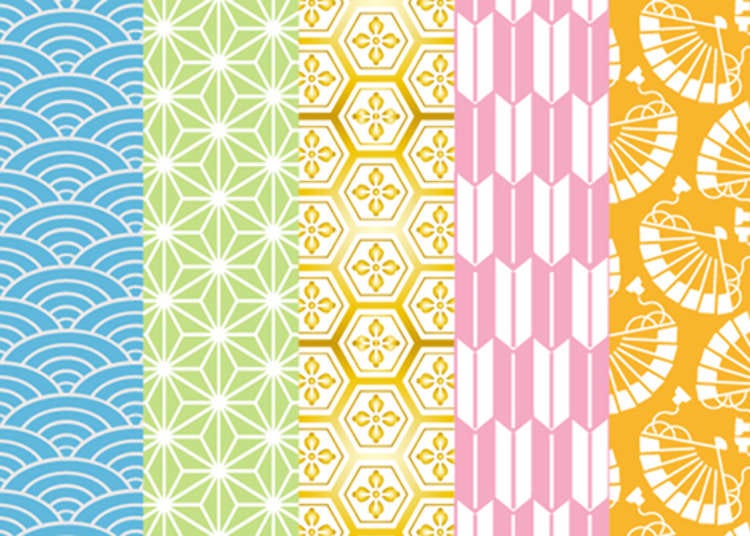
Did you know that Japan’s traditional designs, known as Wagara, are not just beautiful but also packed with meaning? These classic Japanese patterns are everywhere—from kimono to packaging—and they each carry a special significance. Let’s uncover the deeper meanings behind some popular Wagara patterns!
1. Wave Crest - Seigaiha
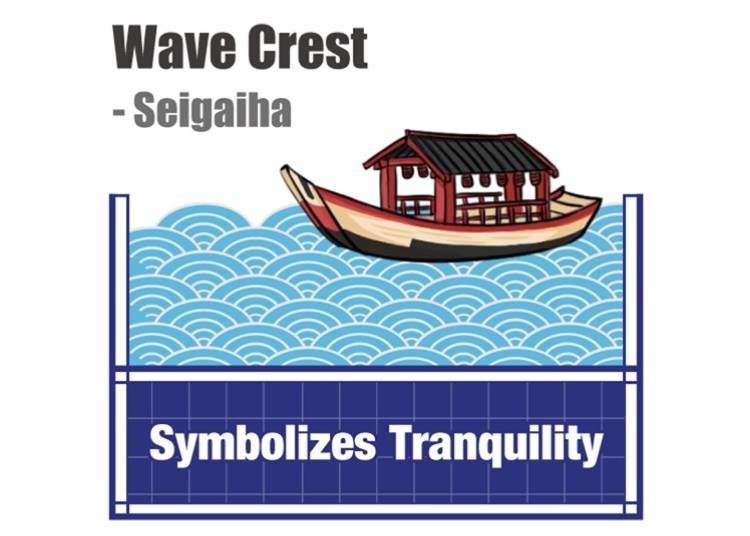
This fan-shaped pattern resembles gentle ocean waves, symbolizing a wish for peace and a calm, harmonious life. It’s a popular choice for items meant to bring serenity and positivity.
2. Hemp Leaf - Asanoha
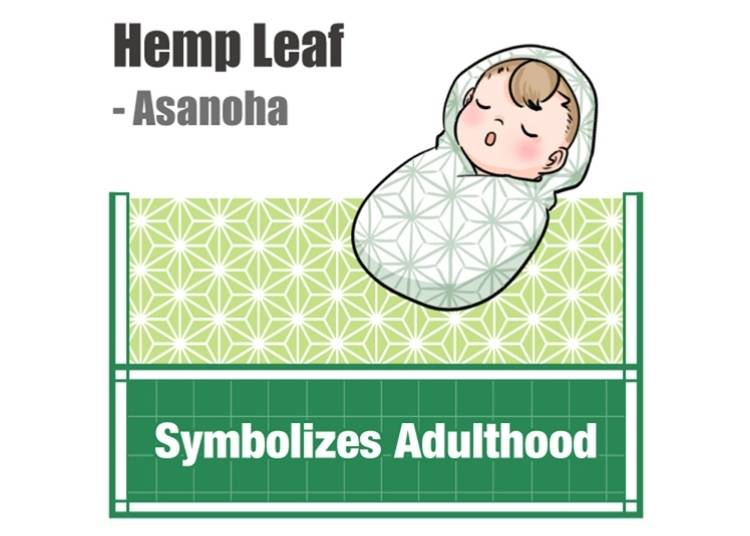
Shaped like hemp leaves, this pattern represents growth and resilience. It’s often associated with children’s health and well-being, as hemp is known for its durability and rapid growth.
3. Tortoise Shell - Kikkou

With a pattern that mimics tortoise shells, Kikkou symbolizes longevity. Since tortoises are considered a symbol of a long life in Japan, this design is a wish for health and endurance.
4. Fletching - Yagasuri
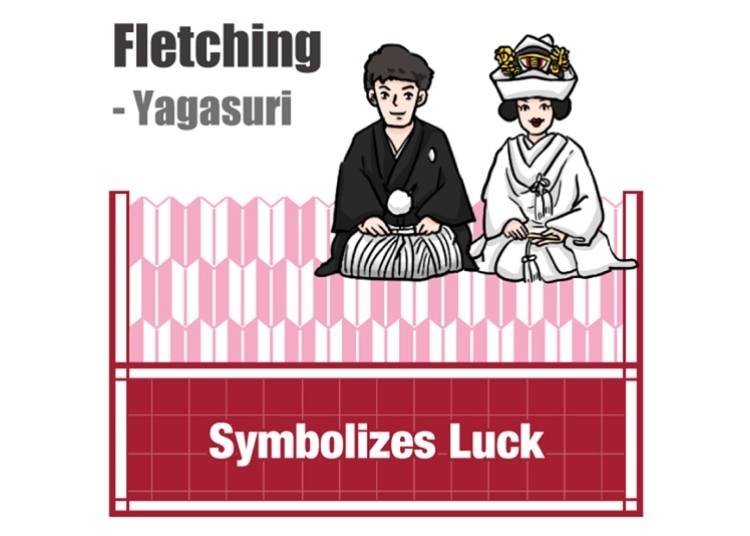
This pattern is inspired by the fletching (feathers) on arrows and is thought to bring good fortune, especially at weddings. In Japan, there’s a saying that once an arrow is fired, it doesn’t return, symbolizing commitment and forward momentum.
5. Folding Fan - Uchiwa
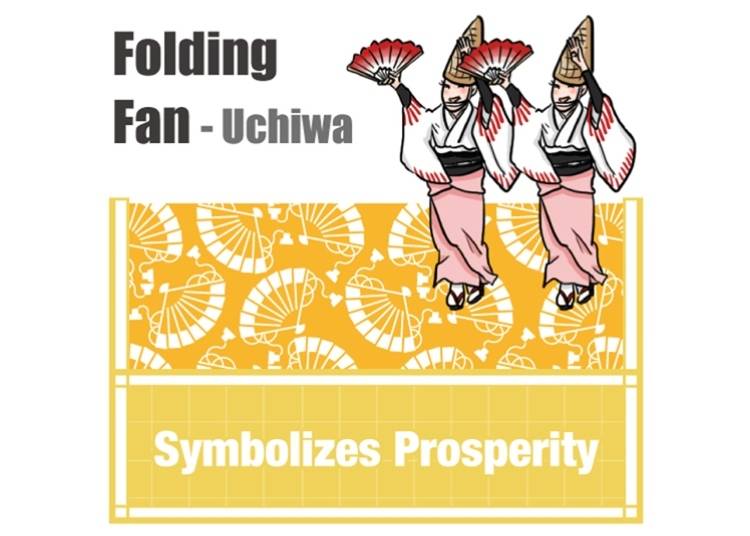
This design looks like an opened fan, which stands for growth, development, and prosperity. The pattern suggests that life, like a fan, can open up to wonderful new opportunities.
If you’re looking for a meaningful souvenir, consider a wrapping cloth or a towel featuring one of these traditional patterns—your friends will love learning about the symbolism behind it! Next time you’re in Japan, keep an eye out for these charming designs and see which Wagara pattern resonates with you!
Illustrations courtesy of Manga de Japan
*Prices and options mentioned are subject to change.
*Unless stated otherwise, all prices include tax.
Popular Tours & Activitiess
Recommended places for you
-

ISHIDAYA Hanare
Yakiniku
Kobe, Sannomiya, Kitano
-
Appealing

Rukku and Uohei
Izakaya
Sapporo / Chitose
-
Goods
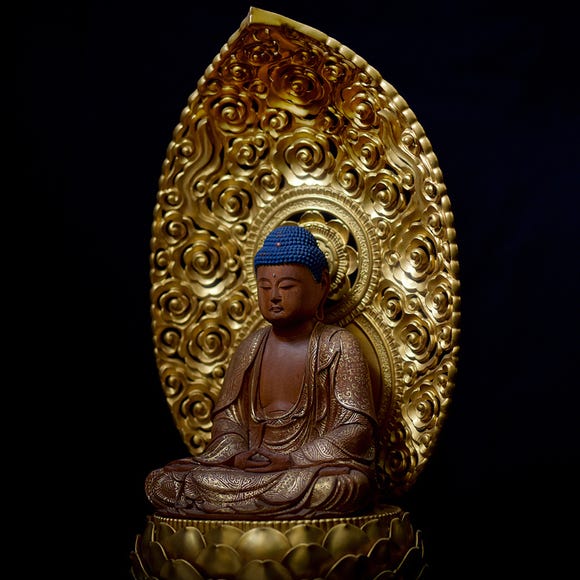
Yoshida Gennojo-Roho Kyoto Buddhist Altars
Gift Shops
Nijo Castle, Kyoto Imperial Palace
-

Kambei Sannomiyahonten
Yakiniku
Kobe, Sannomiya, Kitano
-

Jukuseiniku-to Namamottsuarera Nikubaru Italian Nikutaria Sannomiya
Izakaya
Kobe, Sannomiya, Kitano
-

Kanzenkoshitsuyakinikutabehodai Gyugyu Paradise Sannomiya
Yakiniku
Kobe, Sannomiya, Kitano
-
Ad

Preserving the Beauty of World Heritage Site Shirakawa-go for the Future Through Responsible Travel
-

Keisei × Keikyu 16-Temple Goshuin Tour: Discover Deeper Tokyo & Yokohama
by: Guest Contributor
-

Simply Oishii Wagashi School Discover Japanese Culture Through Wagashi: A Hands-On Experience!
by: Guest Contributor
-

Enjoy Japan's Gorgeous Winter Lights! Ride the Romancecar to Shonan no Hoseki Illumination
by: Guest Contributor
-

[Extended Offer!](12% OFF KKday Coupon) Mt. Fuji Autumn Leaves, Powder Snow & More! 15 Best Tours to Experience Japan in Fall & Winter
-

New Seibu L00 Series Launching in 2026! What to See Along the Tokyo-Area Golden Route
by: Guest Contributor
-

Niigata Bucket List: 26 Best Things to Do in Niigata Prefecture For Tourists (Attractions, Local Foods & Activities)
-

Suit and Kimono: Japan’s Coming of Age Day (January 9)
-

[MOVIE] Masahi Hirao’s Bonsai Performance – A Modern Take on Traditional Japanese Culture
-

11 Selected Kimono Rental Shops in Kyoto: Take a Stroll in Traditional Japanese Clothing
-
Ad

(Event Report) Spark New Discoveries in Delicious Hokuriku Regional Cuisine: Meet the Next Generation of Chefs Exploring New Frontiers in Japanese Dining Culture
-

Sumikawa Snow Park: Skiing in Northern Japan's Breathtaking Backcountry
- #best sushi japan
- #what to do in odaiba
- #what to bring to japan
- #new years in tokyo
- #best ramen japan
- #what to buy in ameyoko
- #japanese nail trends
- #things to do japan
- #onsen tattoo friendly tokyo
- #daiso
- #best coffee japan
- #best japanese soft drinks
- #best yakiniku japan
- #japanese fashion culture
- #japanese convenience store snacks












